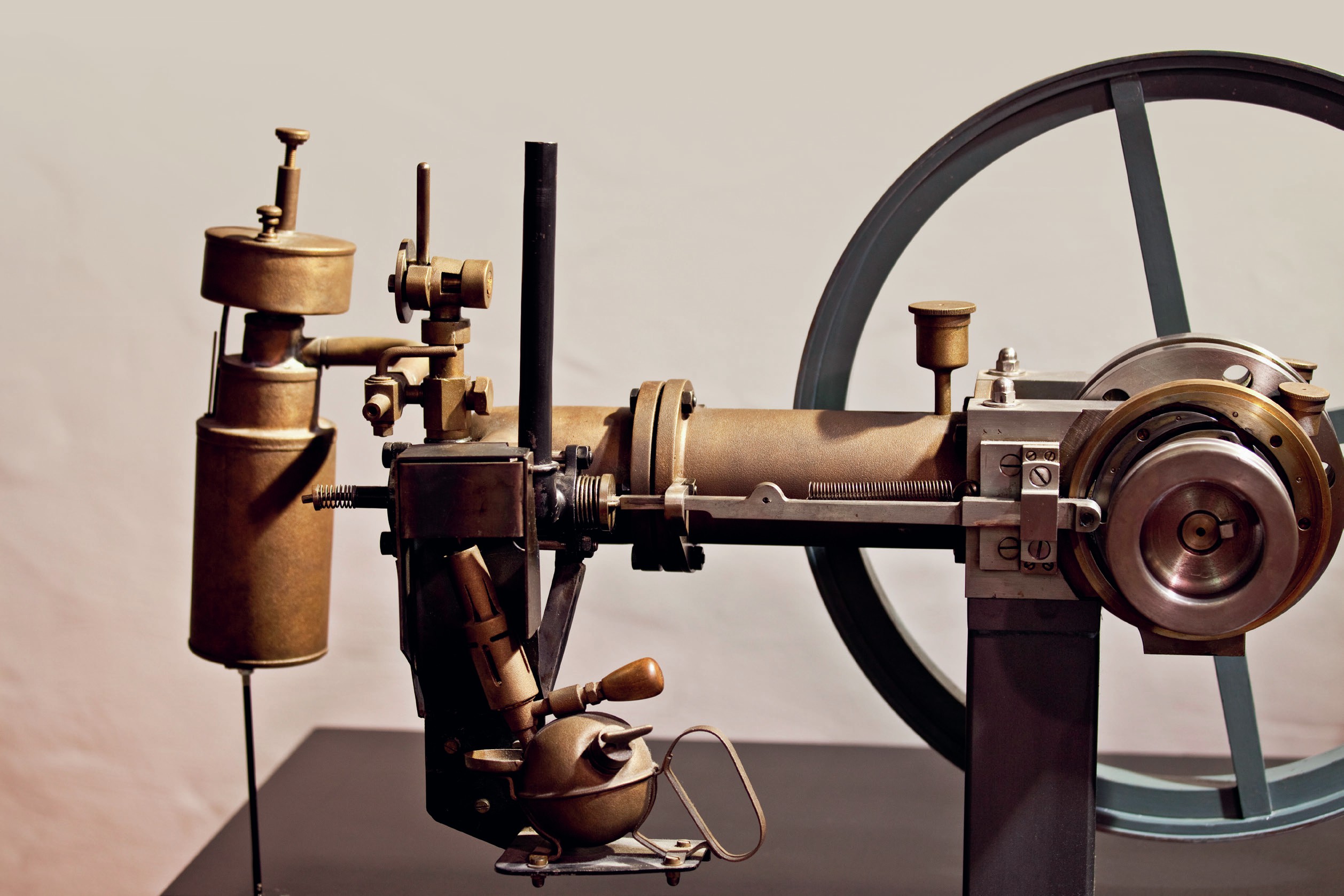
Historians have widely acknowledged the transformative role of the steam engine in powering the first wave of the Industrial Revolution. Electricity has been seen as the bedrock of the second wave from the 1880s, but the process of internal combustion and the devices it powers, from family cars to interplanetary rockets, has been less recognised. The main fuel for internal combustion — oil — has driven wars, nationalist movements and shaped politics and economies across the globe.
The process at the heart of all forms of internal combustion engine is the explosive igniting of a highly flammable fuel in an enclosed space. The explosion releases enormous pressure which is used to drive a piston or a turbine into motion which then, through a transmission system, turns the energy released into motion. Even a bullet is driven by internal combustion.
Your organisation does not have access to this article.
Sign up today to give your students the edge they need to achieve their best grades with subject expertise
Subscribe




